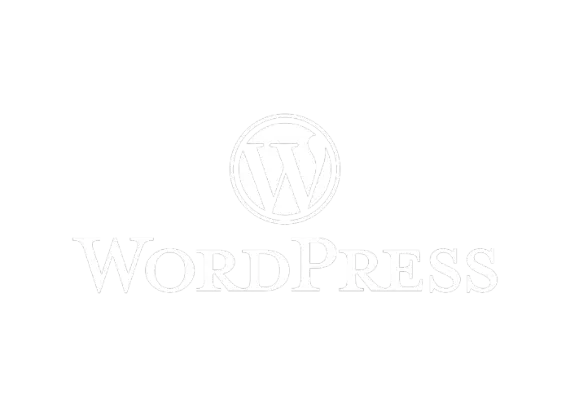Diving deeper into the realm of SEO, it becomes evident that strategic internal linking is not just an option but a necessity for any website aiming to improve its search engine performance. But what makes internal linking a cornerstone of SEO? And how can you implement a strategic internal linking plan that boosts your site's SEO?
The Power of Internal Linking in SEO
At its core, internal linking connects your website's content, allowing users to navigate effortlessly from one page to another. This simplicity in navigation is mirrored in the way search engines index and understand your site. Strategic internal linking does more than just connect pages; it signals to search engines the relevance, value, and relationship between various content pieces. This can significantly impact how your site ranks in search results.
Unveiling the Benefits of Strategic Internal Linking
- Improved User Navigation: At the heart of a good user experience is the ease with which users can find the information they seek. Internal links guide visitors through your website, reducing bounce rates and increasing engagement.
- Enhanced Indexation: Search engines use links to discover new pages. A web of internal links ensures that search engines can find and index your content more efficiently.
- Boosted Page Authority: Links carry value, often referred to as "link equity." Internal linking distributes this equity throughout your site, bolstering the authority of individual pages.
- Increased Content Visibility: By linking to less visible pages from your more popular pages, you can lift the overall visibility of your site's content.
Crafting a Strategic Internal Linking Plan
- Audit Your Current Linking Structure: Begin by assessing the current state of your internal links. Look for opportunities where additional links could enhance navigation or where broken links need fixing.
- Identify Key Pages for SEO: Determine which pages are most critical to your SEO goals. These might be pages that already rank well but could use a boost, pages that convert well, or cornerstone content that provides comprehensive information on a topic.
- Use Descriptive Anchor Text: The anchor text, or the clickable text in a hyperlink, should provide clear context about the linked page. This improves user experience and helps search engines understand the content of the linked page.
- Link Deep: Instead of only linking to top-level pages like your homepage or contact page, ensure you're also linking to deep, valuable content pages. This strategy spreads link equity more evenly and improves the discoverability of deeper content.
- Maintain a Reasonable Number of Links: Overloading a page with too many internal links can dilute link equity and overwhelm users. Focus on linking where it feels natural and adds value.
Real-world Application: Strategic Internal Linking in Action
Consider a blog focused on healthy eating. A post about "The Benefits of Organic Food" could link to related articles on "How to Identify Organic Food Labels" or "Organic Food Recipes." These internal links make it easier for readers to find related content and signal to search engines the relevance and breadth of the site's content on the subject of healthy eating.
Conclusion
Strategic internal linking is an invaluable tool in the SEO arsenal. By thoughtfully connecting your site's content, you not only enhance the user experience but also bolster your site's SEO, making it easier for search engines to crawl, index, and rank your pages. Remember, the goal is to create a web of content that is as easy for search engines to navigate as it is for users. Implementing a strategic internal linking strategy is a step toward achieving a more visible, authoritative, and user-friendly website.








